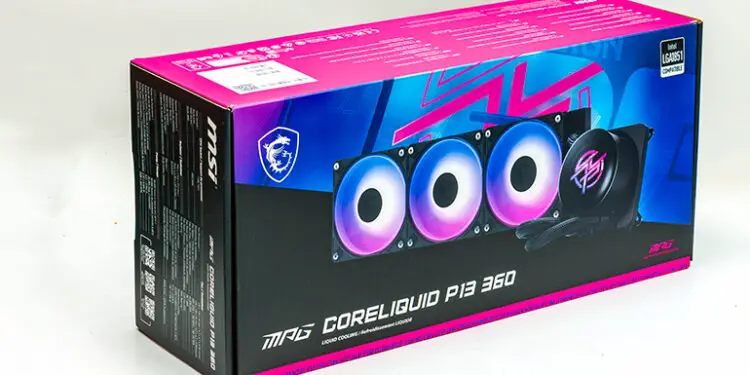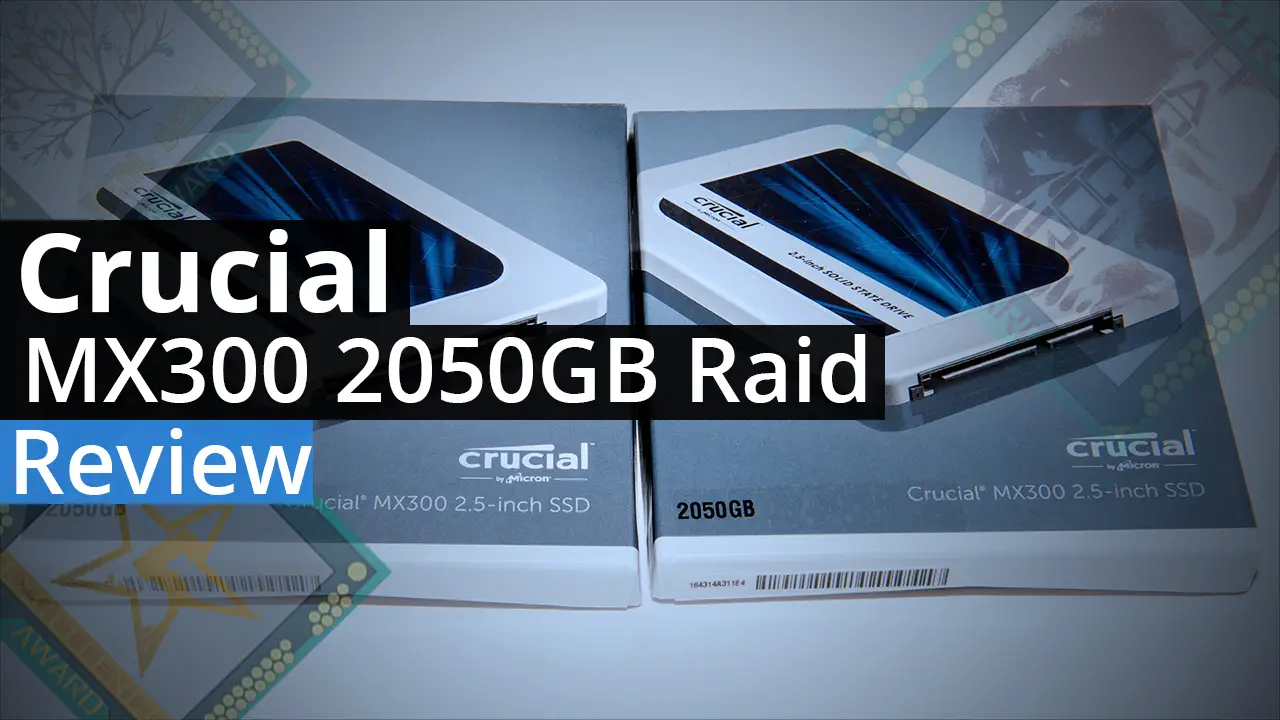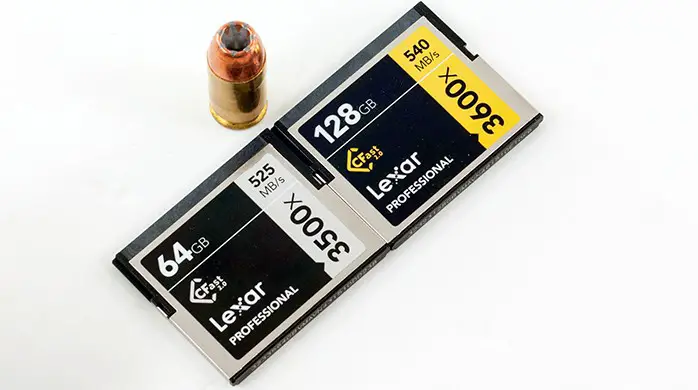
As with previous MSI AIOs we have looked at recently, the CoreLiquid P13 is part of the modern MSI era. A design era that we mostly like. We like it because these shipping containers nicely blend (a veritable ton of) information with aesthetics in a rather unique and sophisticated manner. To be blunt about the only issue we have with this era is the fact that MSI blends Red with Blue (get it… AMD with Intel colors) to make purple. Sure, you can be nice and call it “Amethyst,” but to us, it is a bit too “Magenta” for our tastes. Almost as if it is a modern “Shaken not Stirred” Martini and not a “Bourbon, Neat” kind of design. On the positive side… at least it is not the equivalent of a “White Claw” drinker. Still a touch too funky for our conservative nature, but still better than ~90 percent of the trash filling up the marketplace these days.

Included accessories cover everything needed for a quick installation: three quality ARGB fans pre-mounted with just a single daisy-chained cable for PWM and just another one second for RGB control; a special EZ-header fan+rgb adapter to reduce motherboard header clutter even more, a whole bunch of mounting hardware…

and best of all an honest to god metal universal backplate! Finally, MSI have gone the premium route and gotten rid of the ‘good enough’ polymer options. To be clear, polymer “plastic” backplates are more than capable of handling the demands a piddly little AIO ‘block will put upon it, but it just doesn’t look right. This bad boy with its captured sliding posts… well… does look premium. It looks premium because it is premium.

The only issue we have with it is the fact that it may be both “Modern AMD” (AM5) and “Modern Intel” (LGA1700+1851) compatible, but it is not compatible with “old” LGA1200 socket-based motherboards. Sure. The overlap between circa 2020 system users and premium 2025 AIO buyers is minimal, but it is something to take note of, as one cannot simply assume the existing motherboard+CPU combo will work with this premium-priced model. Basically… as long as your motherboard was baked in an Intel (or AMD) oven sometime in the last four years, you should be fine, but having LGA1200 backwards compatibility been that big a deal… as there are still a lot of LGA1200 users out there who are coming up to the typical 5-year rebuild window? Especially on a model that is easily in the premium end of the marketplace?









